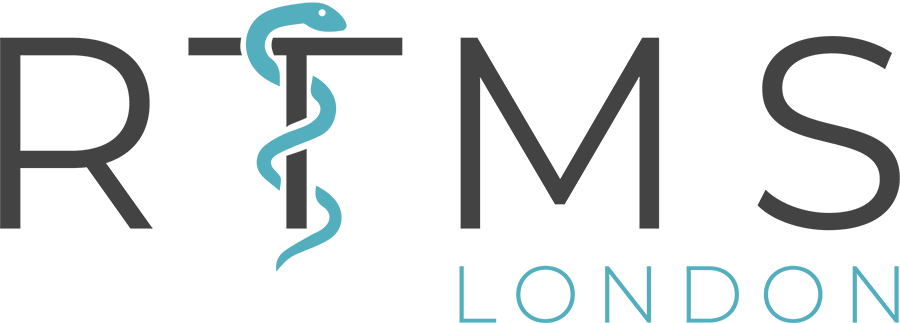What is Dysautonomia? This is a term that might not be as familiar to many as other medical conditions, yet it affects a substantial number of individuals worldwide. This disorder, often shrouded in mystery, can be challenging to diagnose and manage. In this article, we delve into the world of dysautonomia, exploring what it is, its types, symptoms, and potential treatments.
Understanding Dysautonomia
Dysautonomia is a broad term that refers to a dysfunction of the autonomic nervous system (ANS). The ANS is responsible for regulating many involuntary bodily functions, including heart rate, blood pressure, digestion, and temperature control. When the ANS malfunctions, it can lead to a wide range of symptoms and affect various organ systems. This condition can affect anyone, but is much more common in people with hypermobility.
Types of Dysautonomia
There are several types of dysautonomia, each with its unique characteristics, the two most common types are:
- Neurocardiogenic Syncope (NCS): This is one of the most common forms of dysautonomia and often results in fainting or near-fainting spells. It’s also known as vasovagal syncope.
- Postural Orthostatic Tachycardia Syndrome (POTS): POTS is characterized by an abnormal increase in heart rate when transitioning from a lying down to a standing position. This condition can lead to dizziness, rapid heartbeat, and fatigue.
Symptoms of Dysautonomia
The symptoms of dysautonomia can vary widely from person to person and depend on the specific type of dysautonomia they have. Some common symptoms include:
- Dizziness or lightheadedness
- Fainting or near-fainting episodes
- Rapid or irregular heartbeat
- Fatigue
- Nausea or abdominal discomfort
- Sweating abnormalities (excessive sweating or an inability to sweat)
- Difficulty with temperature regulation (feeling too hot or too cold)
It’s important to note that these symptoms can significantly impact an individual’s quality of life and daily activities.
Diagnosis and Management
Diagnosing dysautonomia can be challenging due to the variability of symptoms and the overlap with other medical conditions. Medical professionals often use a combination of clinical assessments, autonomic function tests, and medical history to make an accurate diagnosis.
Once diagnosed, the management of dysautonomia typically involves a multidisciplinary approach. This may include lifestyle modifications, medications to control symptoms, and physical therapy to improve cardiovascular fitness and reduce symptoms like dizziness upon standing.
Living with Dysautonomia
Living with dysautonomia can be a daily struggle, as individuals often need to adapt their lives to manage their symptoms. This can involve drinking extra fluids, increasing salt intake, wearing compression stockings, and engaging in a structured exercise program to improve cardiovascular fitness.
Support groups and patient advocacy organizations play a crucial role in helping individuals with dysautonomia connect with others facing similar challenges. These communities provide valuable information, emotional support, and a sense of belonging.
Research and Hope for the Future
While dysautonomia remains a complex and often misunderstood disorder, ongoing research offers hope for better diagnosis and treatment options. Advances in understanding the underlying mechanisms of dysautonomia may lead to more targeted therapies in the future, improving the quality of life for those affected by this condition.
In conclusion, dysautonomia is a multifaceted disorder that affects the autonomic nervous system, leading to a wide array of symptoms and challenges for those diagnosed. Although managing dysautonomia can be demanding, a combination of medical support, lifestyle adjustments, and community connections can help individuals navigate this journey. As research continues to shed light on this condition, there is optimism for improved treatments and a better quality of life for those living with dysautonomia.
Posted on 12th September 2023
